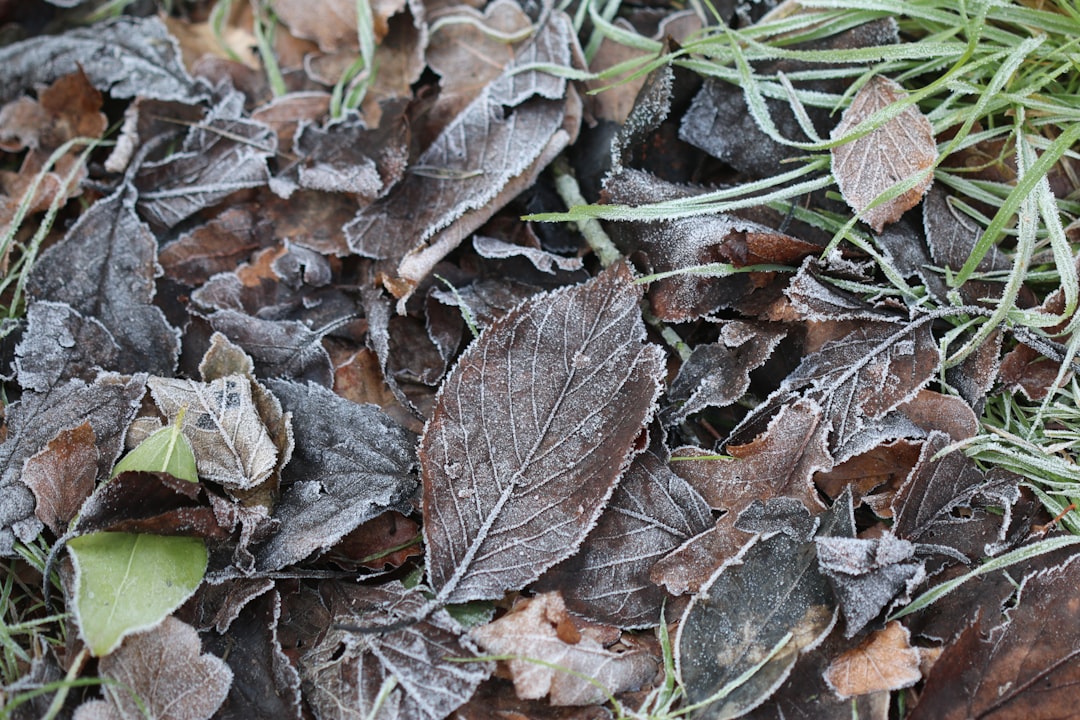The Optimal Time to Water Your Lawn for a Lush Yard

Maintaining a beautiful and healthy yard is a goal for many homeowners. One of the most crucial aspects of yard care is proper lawn watering. It's not just about turning on the sprinklers whenever you have a free moment; there's a right and a wrong time to water your lawn, and understanding this can make a significant difference in the overall health and appearance of your grass.
So, what is the best time to water your lawn? The ideal time to water your lawn is early in the morning, preferably between 4 a.m. and 10 a.m. During this time, the temperature is cooler, and the wind is usually calmer. This means that less water is lost to evaporation, allowing more of it to reach the roots of your grass. When water is applied during the cooler part of the day, it has a better chance of being absorbed by the soil and used by the plants, rather than being quickly evaporated into the air.
Watering in the early morning also helps to prevent the development of fungal diseases. When the grass blades are wet for an extended period, especially during warm and humid conditions, it creates an ideal environment for fungi to grow. By watering in the morning, the grass has time to dry out during the day, reducing the risk of fungal infections. This is particularly important in areas with high humidity or where lawn diseases are common.
On the other hand, watering your lawn in the evening is generally not recommended. When you water at night, the grass remains wet for a longer period, as there is no sunlight to dry it out. This extended period of moisture can lead to the growth of mold, mildew, and other fungal diseases. Additionally, the lack of evaporation at night means that water may pool on the surface, which can cause the soil to become waterlogged and lead to root rot.
Watering during the middle of the day is also not the best option. The high temperatures and strong sunlight can cause a significant amount of water to evaporate before it has a chance to reach the roots. This not only wastes water but also means that your grass may not be getting the moisture it needs. In addition, watering during the heat of the day can cause the water droplets on the grass blades to act like magnifying glasses, focusing the sun's rays and potentially burning the grass.
Now that you know the best time to water your lawn, how much water should you apply? The amount of water your lawn needs depends on several factors, including the type of grass, the soil type, and the weather conditions. As a general rule, your lawn should receive about 1 to 1.5 inches of water per week, including rainfall. You can use a rain gauge or a simple container placed in your yard to measure how much water your sprinklers are applying.
To ensure that the water is evenly distributed, it's a good idea to water your lawn in multiple sessions. For example, you can water for a short period, let the water soak in, and then water again. This helps to prevent runoff and ensures that the water reaches the deeper layers of the soil. You can also adjust the settings on your sprinklers to ensure that they are covering the entire lawn evenly.
In addition to watering at the right time and applying the right amount of water, there are other steps you can take to maintain a healthy lawn. Regular mowing, fertilizing, and aerating are all important aspects of lawn care. Mowing your grass at the proper height helps to promote healthy growth and prevents the grass from becoming too long and weak. Fertilizing provides the nutrients that your grass needs to stay green and healthy, while aerating helps to improve soil drainage and allows oxygen to reach the roots.
By following these tips and watering your lawn at the optimal time, you can ensure that your yard remains lush, green, and healthy throughout the year. Remember, a well - cared - for lawn not only enhances the beauty of your home but also provides a comfortable and enjoyable outdoor space for you and your family.